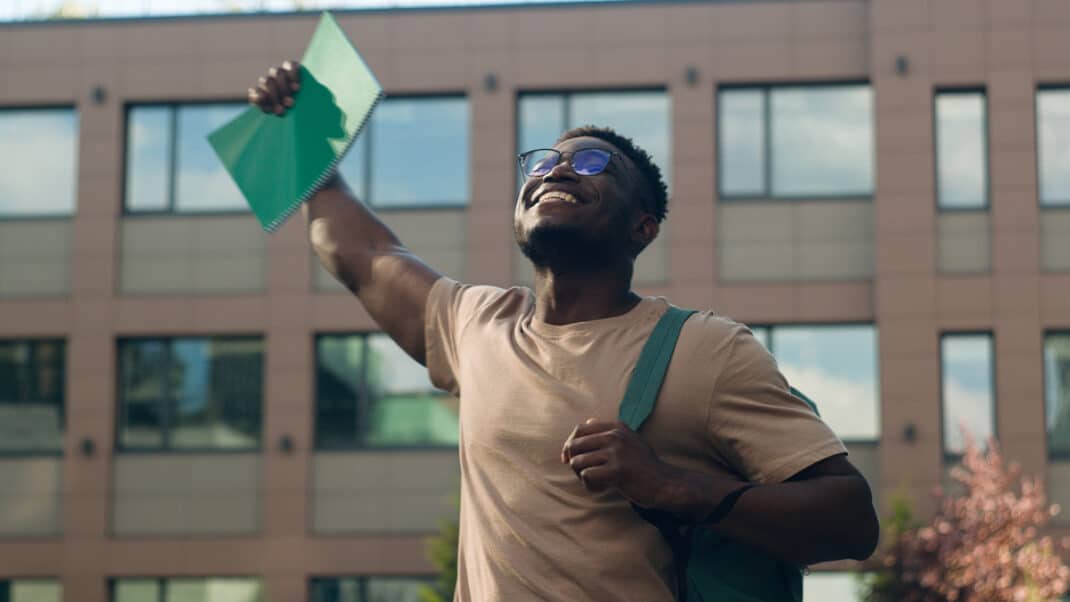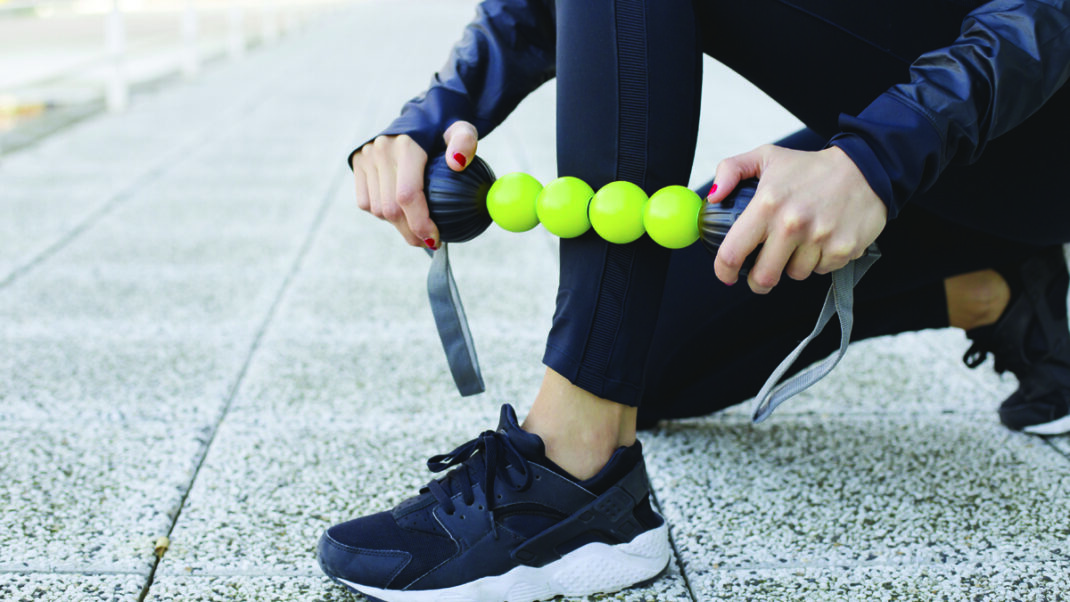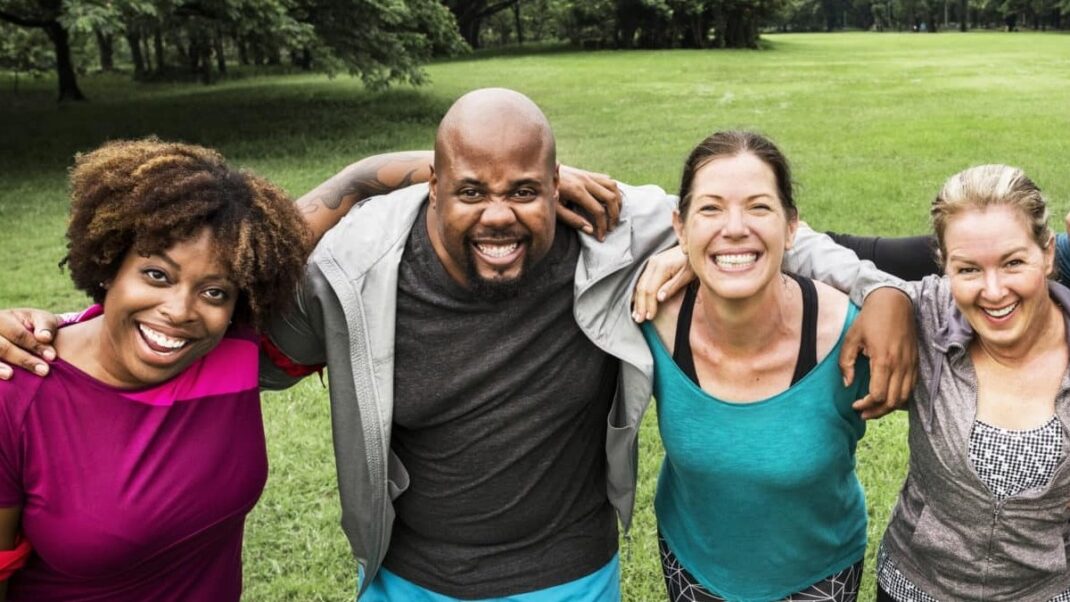Route to Relaxation
Teach breath control and awareness to stressed- out participants.
These days, it seems, we’re all more familiar with feeling stressed than with feeling calm. Luckily for us, we’re designed to relax. The breath is our route to relaxation, and our senses help to personalize the process.
The heart lifts slightly when we inhale and drops slightly when we exhale. Because it is the only muscle in the body that never stops working, it has to have built-in breaks. Exhalations are the heart’s resting phases. When we breathe fully, particularly allowing our exhalations to lengthen, we elicit the “relaxation response.” The following exercises lead the way.
Route to Relaxation Details
Vocal tone is an important part of this class, especially during the guided journey. Entice participants with your speech; the cadence and level are more inviting when you slow down and lower your voice. In this way, you set the stage for repose. Check early on that everyone can hear you, and maintain that pitch.
Total Time: approximately 30 minutes
Equipment Needed: mats, folded blankets, eye pillows or towels, bolsters or foam rollers
Music:Begin in silence so that the group can focus, and then introduce relaxing, soft music for the guided journey.
Stress-Free Script
Begin by asking, “On a scale of 1–10, 10 being the highest stress level possible, how would you rate your tension level today?” Use the following scripted cues as a guideline to help your class relax.
“Begin on all fours on your mat. Exhale, curving the sacrum down as your navel reaches upward. Inhale, still initiating from the sacral area, and extend the sacrum out and back. Repeat four times. Inhale and exhale in a continuous, slow rhythm.”
“Sit cross-legged and place the folded edge of a blanket under your sit bones so that the front of your pelvis relaxes forward and your spine is upright. You may also sit on your heels, legs parallel, with a blanket rolled under your buttocks and between your legs.”
1-minute focus: “Close your eyes and count your breaths. An inhalation and an exhalation count as 1. Focus on counting—attend to the process of breathing.” This is an easy way to bring home to students just how quickly or slowly they are breathing.
“Now, notice everything about your breath. Notice the temperature as it passes through your nostrils. Is your chest lifting and widening? As you exhale, feel the breath move through your throat on its journey out of your nostrils. Your abdominal wall presses inward as you exhale fully. Do you feel calmer, more relaxed?”
“Inhale for 4 counts and exhale for 4 counts. Pause at the top of the inhalation. Don’t force your breath; simply pause. Exhale, and pause at the bottom of the exhalation. Inhale, imagining a feather floating upward, 1 . . . 2 . . . 3 . . . 4. Exhale, imagining the feather floating downward, 4 . . . 3 . . . 2 . . . 1.”
1-minute focus: “Raise your arms overhead for 1 minute. Focus on the rhythm of your breath and any other sensations you may notice. Avoid excess effort in this position; relax your shoulders and arms as you reach upward.”
“Release your arms and place them on your thighs. Slide your legs out halfway and place the soles of your feet together lightly. Place your arms behind your back, fingers pointing away from your buttocks.” If this position is uncomfortable, instruct participants to place folded blankets under their thighs for support.
“As you inhale, reach your collarbone and breastbone to the ceiling. As you exhale slowly, draw your navel inward and lower your chin. Keep the movement steady, slow and comfortable. Breathe in, 1 . . . 2 . . . 3 . . . 4; pause. Breathe out, 4 . . . 3 . . . 2 . . . 1, drawing the navel in and down; pause.” Repeat four to six times.
“Lie back with knees bent and palms resting lightly at your navel area. Your neck and lower back are comfortable and in a neutral position. Feel as if your navel area contains a series of concentric circles. As you inhale, feel the circles widening; . . . as you exhale, feel the circles coming back to center. Enjoy this widening and narrowing. Now, place a bolster or foam roller under your knees for comfort. Palms open, legs relaxed and rolled out.” Distribute eye pillows and blankets.
1-minute focus: “As you inhale, say the word soft quietly to yourself. As you exhale, say the word belly.”
“As you exhale, allow each and every place where your body is touching the mat to release into the floor. Feel as if your body is being cradled at your heels . . . your thighs . . . your buttocks . . . your shoulder blades . . . and the back of your head. As you inhale, breathe in energy. Feel this energy and lightness circulating through your toes and the tops of your feet . . . through the soles of your feet and your ankles. Inhale deeply, feeling this lightness move up through your lower legs, inside out. Feel it pass through the center of your knees into your thighs and pelvis. On your next exhalation, release tension from your pelvic area. Imagine you are filling your pelvic bowl with your breath as you inhale. Feel your pelvis and lower back sink into the mat as you exhale. Now feel as if everything below your waist is floating downstream, gently rocking, releasing tension and fatigue. Experience lightness rising up into your trunk area, circulating through your internal organs . . . your back muscles . . . all the way through your shoulders . . . your upper arms . . . your elbows . . . your lower arms . . . and your fingers. This lightness pervades your neck muscles . . . your jaw . . . your cheeks . . . and your forehead. Imagine everything above your waist is gently rocking upstream so that your shoulder blades and the back of your head melt into the mat.
“Now imagine you are breathing with your whole body, top to bottom, inside out. Breathe in energy, vitality. Exhale tension, fatigue, deep fatigue. Know that whenever you need to, you can inhale and fill with energy. And in any moment you can let go simply by exhaling. Gently draw your knees to your chest and roll over to one side. Using your arm strength, push yourself up to a seated position.
“Now, how would you rate your stress level on our 1–10 scale? Do you feel relaxed yet ready to meet whatever responsibilities or challenges may lie ahead today? Relaxation reinforces responsiveness. Think of a cat lying around who bounds into action when necessary.”
Laura Sachs
Laura Sachs is the creator of the E-MOTION® body-mind fitness video, relaxation and yoga walk programs. She is a mind-body expert with 20 years experience in the health and fitness field. She has created fitness content for the Soma Management website and has been featured in Shape, Fit Yoga, Natural Health, IDEA Fitness Journal and American Fitness. Laura currently teaches at the Bay Club, the Jewish Community Center and the University of San Francisco. She is also a level three trainer with Heart Zones.
Certifications: ACE and AFAA






